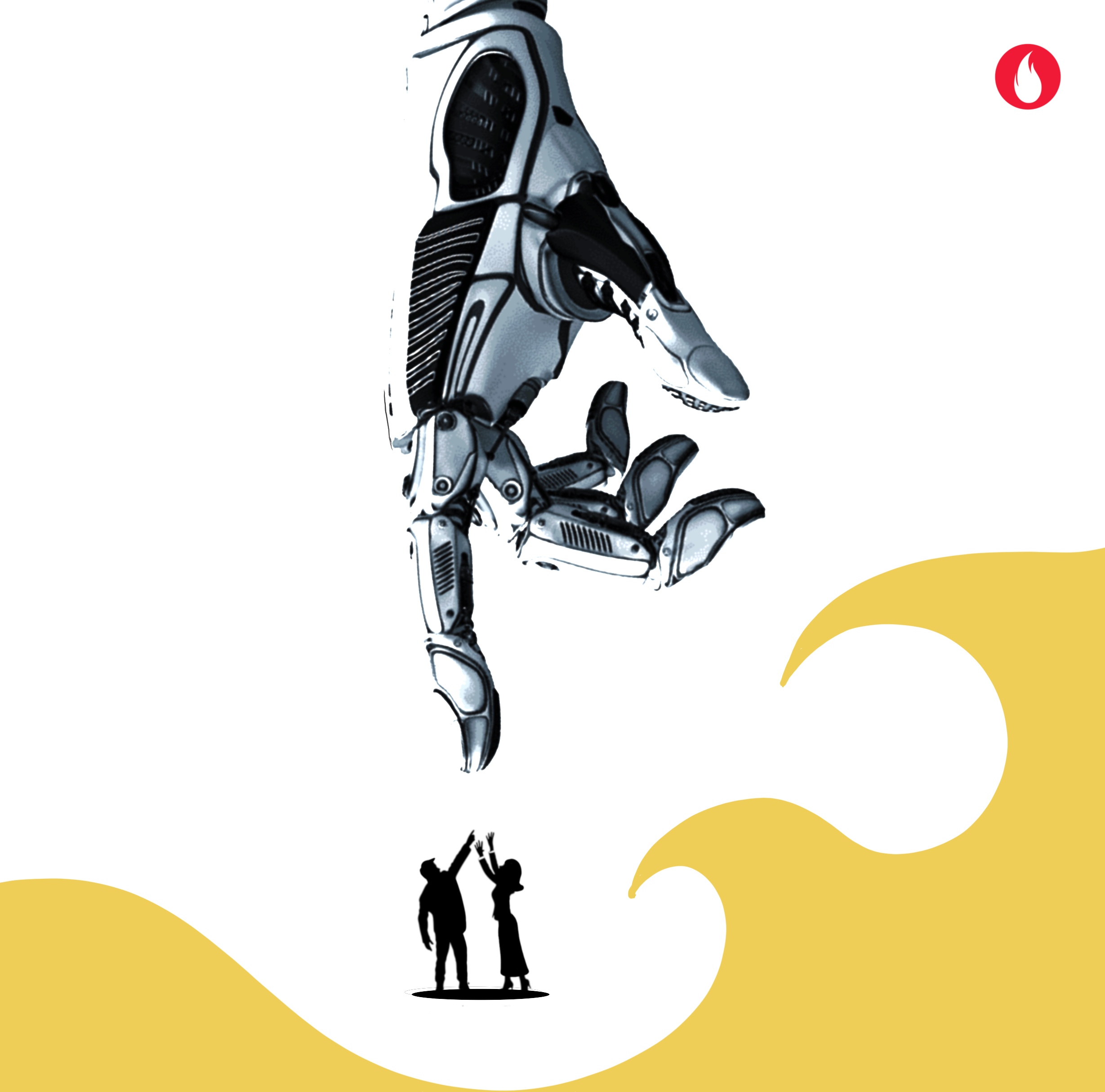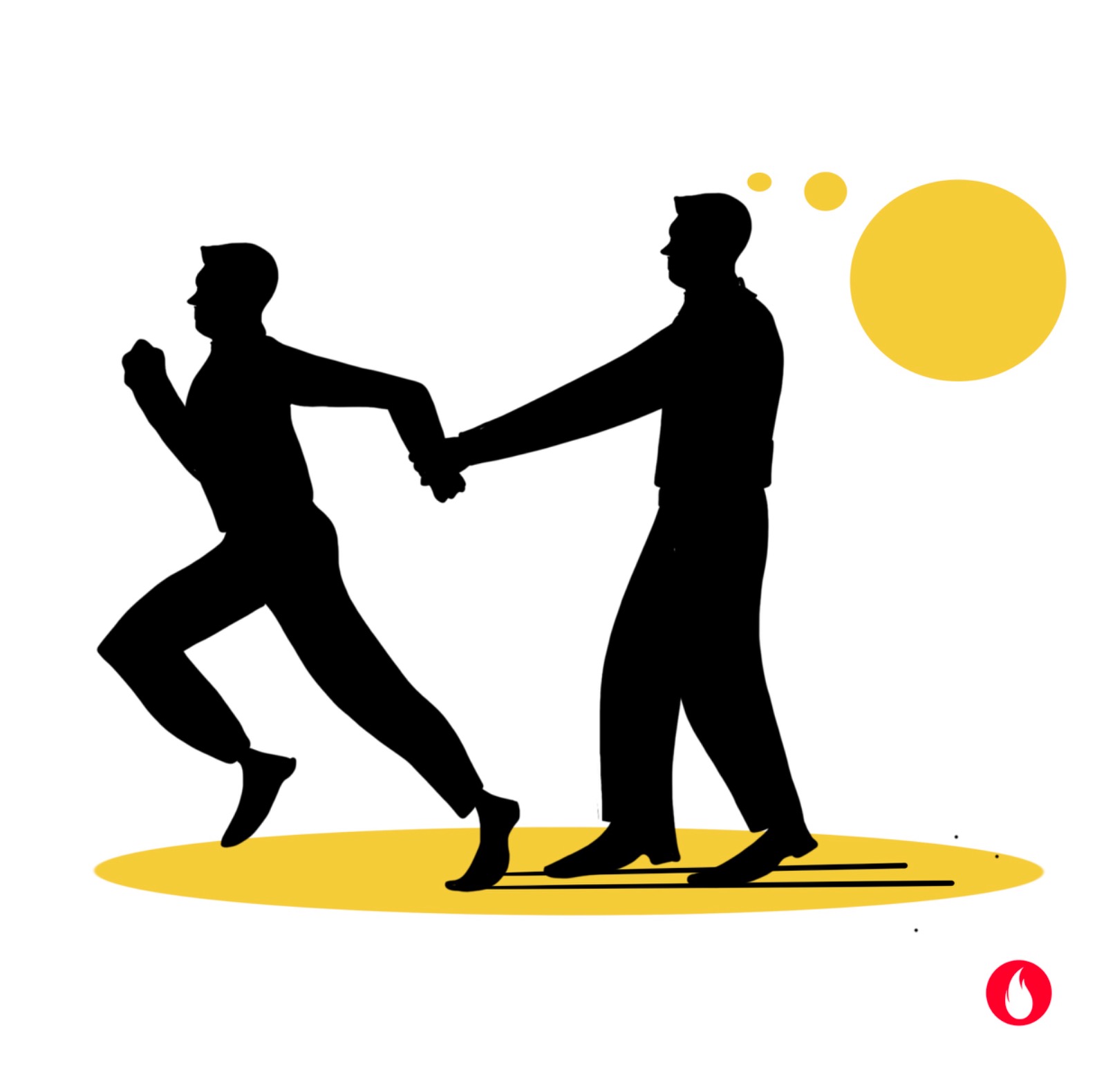Humour in the workplace of the present day, is a bit of a joke! Work is serious stuff. Bringing a funny bone to work can sometimes be looked at like someone brought chicken legs to a vegan dinner. To be able to take a joke, to laugh aloud and to crack a few is receding lower than its scarce pre-pandemic heights! Something needs to change. Its no funny matter.
Humour in the workplace. It works!
Humour has many ‘near-magical’ outcomes. Outcomes that would stay clouded but for humour. From improving productivity to helping with thinking, easing up conflict, giving feedback, building trust and much else, humour has potency beyond measure. It is an absolute travesty that we don’t get to see much of it at work.
That we are dead serious most times at work is something that we need to joke about and keep ourselves alive. From the times of Birbal, Tenali Ramakrishna and the other court jesters that Shakespeare features in his works, humour in the workplace seems to have thrived!
In the present day wit and wisdom, have given way to crass clowns and sick jokes. Sometimes, they are elected. And thats not a joke.
The World’s Funniest Joke.
“Two hunters are out in the woods when one of them collapses. He doesn’t seem to be breathing, and his eyes are glazed. The other guy whips out his phone and calls the emergency services. He gasps, “My friend is dead! What can I do?” The operator says “Calm down. I can help. First, let’s make sure he’s dead.” There is a silence, then a shot is heard. Back on the phone, the guy says: “OK, now what?”
18 years ago, that was voted the worlds funniest joke in an experiment conducted by laughlab. Two million people from 70 countries voted on 40,000 jokes. Perhaps we have come a long way from 2002.
In 2002, the best joke was 103 words long. Here is the full report.
If the number of stand-up comedians and comedy shows is to go by interest and appreciation of humour has surely gone up. But workplaces, I can speak with anecdotal evidence remain a dull place. And now with most conversations happening over a screen, they are even staider.
Where has all the fun gone?
Why is humour in the workplace not pervasive? Well, in the pre-pandemic times, we were busy. Many leaders chopped off their funny bones for they had little value for it. Humour was a ‘waste of time’. In a world sharpened by the knife of efficiency, humour in the workplace lost its edge.
We are busy and want to be seen so too. Humour is an unnecessary pinprick in a well-crafted image balloon. It is risky. And with the digital medium, humour that backfired can remain permanently etched like a tattoo that went awry.
“When a joke doesn’t work or it goes the other way, you are the joke”, I remember a manager telling me in my formative years.
Humour requires attention and context.
Besides good humour requires attention and an understanding of context. Not everything can be programmed. Here are two instances for you.
The first was with a senior manager who was all set to make a presentation. He sat down planning every meticulous detail out. And then said, “In the fourth minute we will crack this as a spontaneous joke”. As you can well imagine, that joke didn’t travel far.
On another occasion, several years ago, I was making a presentation to the Managing Director and his immediate team. It was a contentious proposal and I was a rookie. Amidst the awe of the big board room table, I spilt a whole glass of water on the boardroom table that soaked my presentation papers as well. Filled to the brim with embarrassment I froze. The Managing Director leaned back on his chair and quipped, “Relax everyone, we are going to have a watered-down proposal coming our way”.
The room burst out laughing and I was soon at ease. I learn’t first hand that humour is magical and all we need to practice it with purpose.
So, what can we do?
Take the time to laugh. Spot the funny people. Cultivate those amongst them who will talk the truth to you in a bearable way. One of my favourite professors Manfred Kets De Vries puts its well. “To be effective, organisations need people with a healthy disrespect for the boss – people who feel free to express emotions and opinions openly, who can engage in active give-and-take. “ Sadly this is an endangered species, if not already extinct in many places!
Second, be curious and present to people around you. Just being present to others and their ways is a dam of humour waiting to be tapped into. Humour in the workplace resides in simple moments, workflows, emails. These are not grand events!
Third and maybe most important and a great place to start is ourselves. Self-deprecation can make it inviting and provide a good foundation to take off. Bradford Bitterly, Maurice E. Schweitzer established that humour is a powerful impression management tool in domains such as negotiations, interviews etc.
Try. Humour has power! And it makes for a better day. We need it in these times.

The OWL Despatch.
This is edition 64 of The OWL Despatch! How time flies. I realise that’s also because this is a labour of love. I look forward to the hours I spend crafting this together. As always, here are five pieces that I read over the last two weeks that I think you should read.
First off, staying with the topic of humour in the workplace, here is a piece from Harvard Business Review. This is titled “Sarcasm, Self-Deprecation, and Inside Jokes: A User’s Guide to Humor at Work”. That is quite a package. Don’t miss it!
Next. Have you played Rock, Paper, Scissors as a kid? Or have your kids played that game with you? If you haven’t, perhaps you should check it out. For it turns out to be quite handy in decision making. If you find the initial paragraphs a tad dense, go straight to ‘practical takeaways’.
In a world which is so programmed to build on efficiency, have you tried some slack? I have read this piece many times over. Here is a line from the piece. “To have safe and resilient systems of care, we will have to learn how to value slack, and in this valorization to take a “long view” – because in the long run, things that never happened before happen all the time.” Don’t miss this.
A young colleague forwarded this to me. It is titled “Why Men Are Turning to Cosmetic Procedures for a Competitive Edge in the Boardroom”. Perhaps he was sending my unkempt self a message. I found this interesting nevertheless. I found the subhead equally interesting: “The pressure on men to look young and fit is more intense than ever—and it’s only getting worse.” What do you think? Read on.
How strong are your memories from the lockdown? With no travel and limited change of scenes, how will you ever remember the lockdown? And why does it matter? This piece in the Financial Times caused me to pause and ponder.
Readers corner
Lulu the parrot lands in The OWL Despatch. Vivek Patwardhan’s prose always makes me think. This one particularly so. With him, humour in the workplace always flew first class! With a message or two. As does his parrot.
Vikram Singh shared a lovely pieces on the Stockdale Paradox. Lovely read. You must take a look.
Deepak Arora drew up the picture that sits with this post!
All good people. God bless them! So must God bless all readers of The OWL Despatch. May God humour us all and keep our funny bone twitching.




August 31, 2020, 3:32 pm